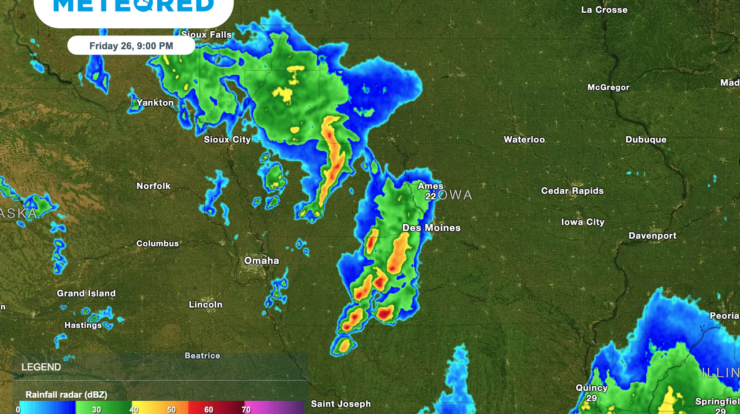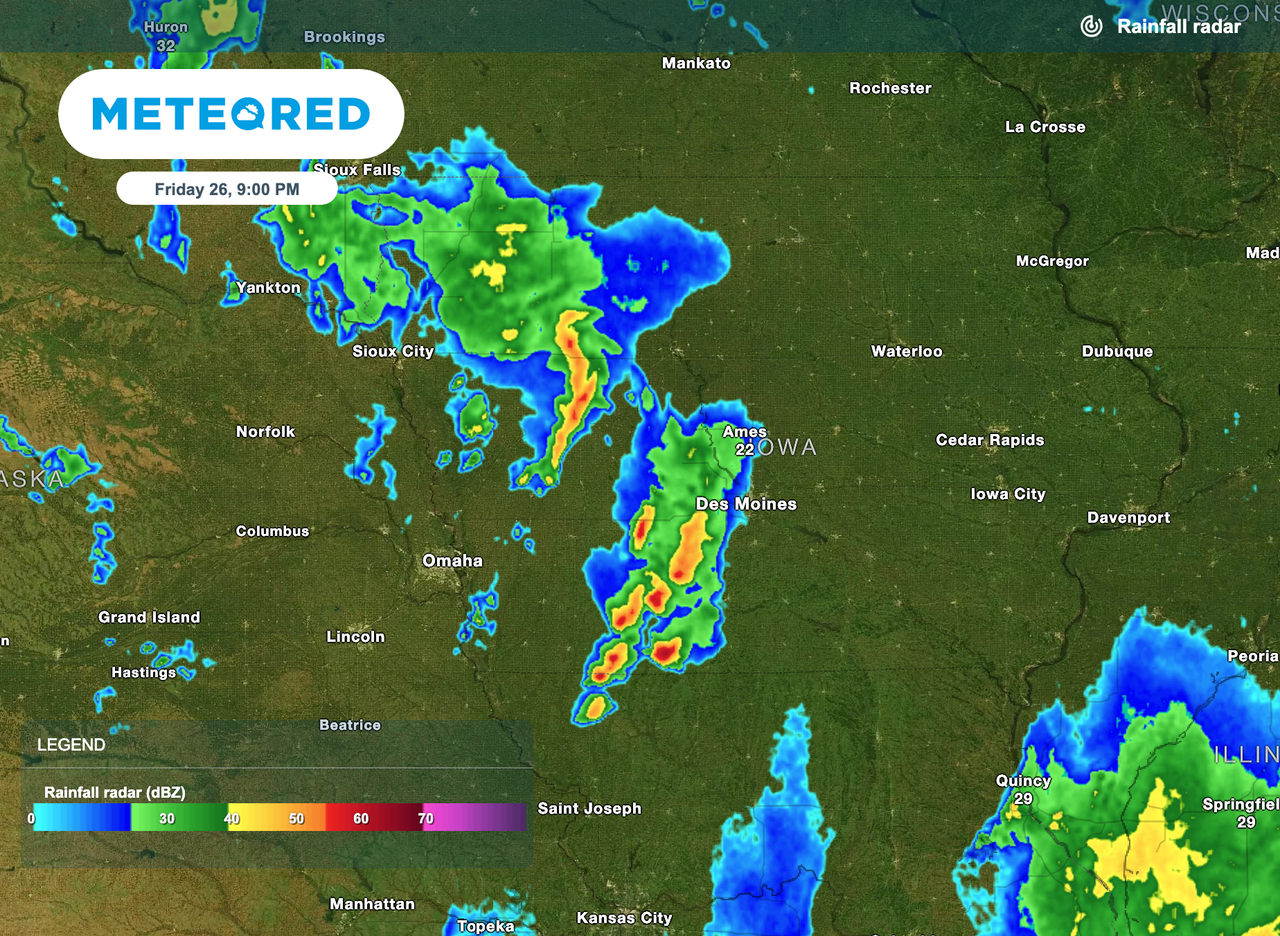
Tornado damage in Nebraska has left a lasting impact on the state, causing significant structural, economic, and environmental devastation. This analysis delves into the different types of tornado damage, their impacts, and the measures taken to mitigate and respond to these events.
From collapsed buildings to downed power lines and uprooted trees, the destructive force of tornadoes can leave communities reeling. Understanding the causes, impacts, and response efforts is crucial for future preparedness and mitigation strategies.
Tornado Damage in Nebraska

Tornadoes have caused significant damage in Nebraska throughout history, with the state experiencing an average of 50 tornadoes per year. The most destructive tornadoes in Nebraska’s history include the Omaha tornado of 1975, which killed 3 people and caused over $250 million in damage, and the Pilger tornado of 2014, which killed 1 person and caused over $100 million in damage.
Types of Tornado Damage
Tornadoes can cause a wide range of damage, including:
- Structural damage:Tornadoes can collapse buildings, rip off roofs, and shatter windows.
- Infrastructure damage:Tornadoes can down power lines, damage bridges, and disrupt water and gas service.
- Environmental damage:Tornadoes can uproot trees, destroy crops, and pollute water sources.
Impacts of Tornado Damage, Tornado damage in nebraska
Tornado damage can have a significant impact on communities, both economically and socially. Economically, tornado damage can lead to property damage, business disruption, and loss of revenue. Socially, tornado damage can displace residents, disrupt ecosystems, and lead to loss of biodiversity.
Mitigation and Response
There are a number of measures that can be taken to mitigate tornado damage, including:
- Building codes:Building codes can help to ensure that buildings are constructed to withstand high winds.
- Warning systems:Warning systems can provide residents with advance notice of approaching tornadoes.
- Evacuation plans:Evacuation plans can help to ensure that residents know where to go in the event of a tornado warning.
In the event of a tornado, there are a number of response efforts that can be taken, including:
- Emergency services:Emergency services can provide medical care, search and rescue operations, and other assistance to victims of tornadoes.
- Disaster relief:Disaster relief organizations can provide financial assistance, food, and shelter to victims of tornadoes.
- Recovery operations:Recovery operations can help to rebuild communities that have been damaged by tornadoes.
Case Studies
The Omaha tornado of 1975 was an F4 tornado that struck Omaha, Nebraska, on May 6, 1975. The tornado killed 3 people and caused over $250 million in damage. The tornado was part of a larger outbreak of tornadoes that struck the Midwest that day, and it was the deadliest tornado to hit Omaha since 1913.
The Pilger tornado of 2014 was an EF4 tornado that struck Pilger, Nebraska, on June 16, 2014. The tornado killed 1 person and caused over $100 million in damage. The tornado was part of a larger outbreak of tornadoes that struck the Midwest that day, and it was the strongest tornado to hit Nebraska since 2004.
Wrap-Up: Tornado Damage In Nebraska

The analysis of tornado damage in Nebraska highlights the need for continued investment in building codes, warning systems, and evacuation plans. By implementing proactive measures and enhancing community resilience, we can strive to minimize the devastating effects of future tornadoes.
Frequently Asked Questions
What are the most common types of tornado damage in Nebraska?
Structural damage, infrastructure damage, and environmental damage are the most prevalent types of tornado damage in Nebraska.
What are the economic impacts of tornado damage?
Tornado damage can result in significant property damage, business disruption, and loss of revenue.
What are the social impacts of tornado damage?
Tornado damage can lead to displacement of residents, disruption of communities, and loss of cultural heritage.






